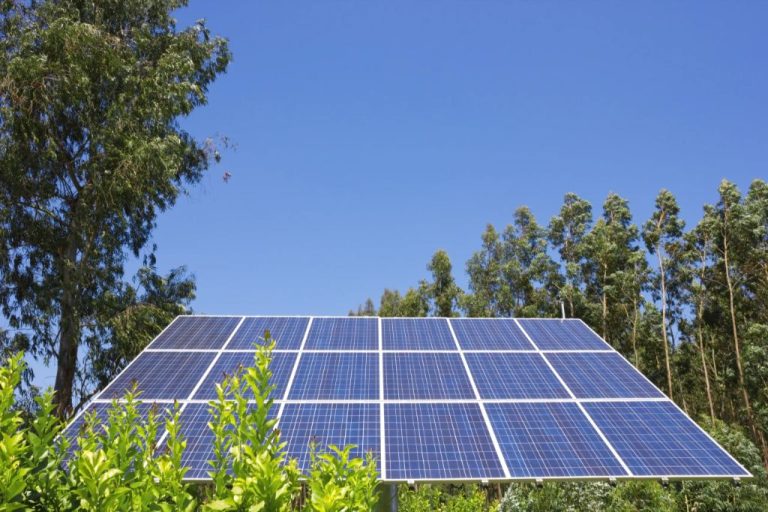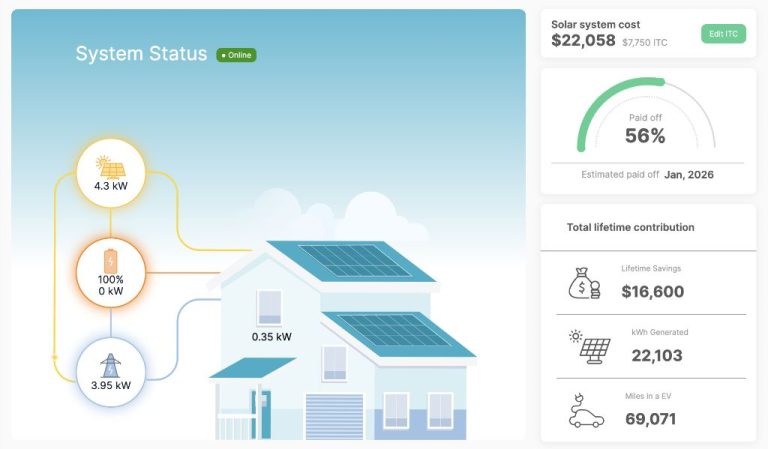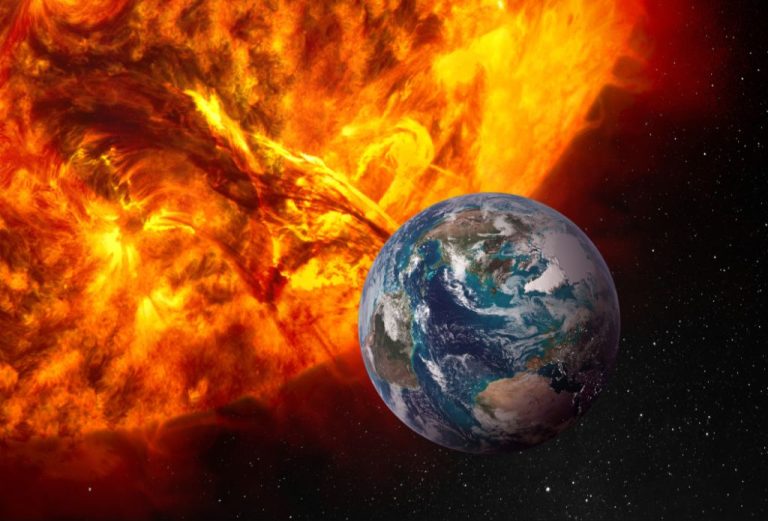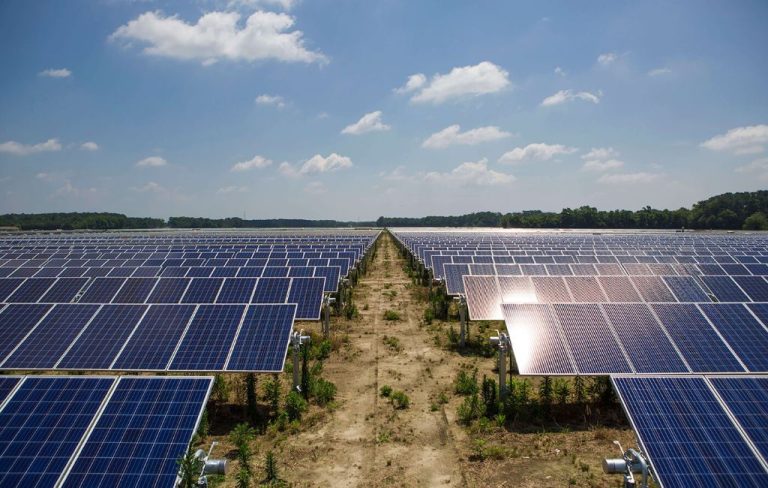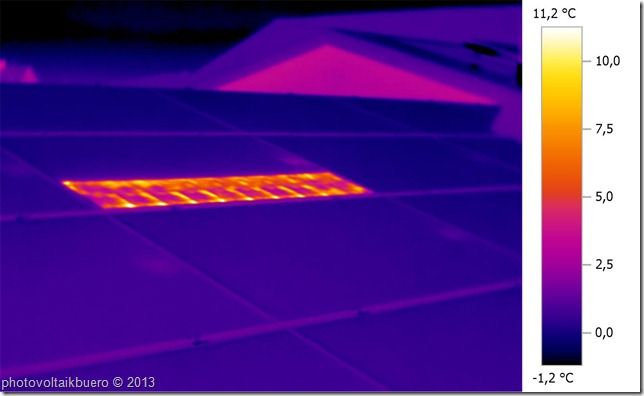What Is The Energy Stored In Photosynthesis Obtained From?
Photosynthesis is the process plants and some other organisms use to convert light energy from the sun into chemical energy in the form of glucose. This process occurs in chloroplasts, specialized organelles found in plant cells. During photosynthesis, plants absorb light energy using chlorophyll and use it to convert carbon dioxide and water into oxygen and energy-rich carbohydrates like glucose. The glucose produced can then be converted into other substances like starch and cellulose, which are used to support plant growth and metabolism. This allows plants to harvest the sun’s energy and use it to power their cellular processes and growth. The oxygen is released as a byproduct and of course is essential to many living organisms.
Light Energy
Plants absorb energy from sunlight. Light provides the energy that is required to drive the process of photosynthesis. Not all wavelengths of light can be used in photosynthesis. Plants actually use the blue and red wavelengths the most. Green light is the least effective wavelength for photosynthesis. This is why plants appear green – they absorb mostly blue and red light and reflect green light.
Chlorophyll, the main photosynthetic pigment in plant cells, absorbs light most strongly in the blue and red regions of the spectrum. Chlorophyll reflects green light more than other wavelengths, giving plants their characteristic green color.
So in summary, light energy absorbed by chlorophyll in plant cells provides the power that fuels the photosynthetic process. The blue and red wavelengths are most important, while green light is reflected and not used efficiently.
Chloroplasts
Chloroplasts are organelles found in plant cells and some algae that convert light energy from the sun into chemical energy through photosynthesis. Inside chloroplasts are stacks of disc-shaped structures called thylakoids that contain the green pigment chlorophyll. It is here where the light-dependent reactions of photosynthesis take place.
When light energy is absorbed by chlorophyll, it excites electrons in the chloroplasts and provides energy to drive the light-dependent reactions. This leads to the production of ATP for energy and NADPH for reducing power that is later used in the Calvin cycle to build carbohydrates. Overall, chloroplasts play an essential role in photosynthesis by harnessing light energy and converting it into a form of chemical energy that plants need for food production.
Light-Dependent Reactions
The light-dependent reactions occur in the thylakoid membranes within chloroplasts. This is where the magic of photosynthesis takes place by converting light energy into chemical energy. The light energy is absorbed by chlorophyll and other pigments, which excites their electrons. The excited electrons get passed along an electron transport chain, which powers the splitting of water molecules. This splitting releases oxygen as a byproduct. The light-dependent reactions harness the solar energy to generate ATP and NADPH, which will be used in the next stage of photosynthesis.
ATP and NADPH
The light-dependent reactions produce two types of energy-carrying molecules: ATP and NADPH. Both ATP and NADPH carry energy in their bonds that can be used later in the Calvin cycle reactions. During the light reactions, ATP is produced when the electrons move down the electron transport chain and the energy is used to pump hydrogen ions (H+) across the thylakoid membrane. This creates an electrochemical gradient that drives the synthesis of ATP. Meanwhile, NADPH is produced when electrons from Photosystem I are used to reduce NADP+ to NADPH. Both ATP and NADPH carry the energy from sunlight that was captured and converted into chemical energy during the light reactions. These energy carriers are then used in the Calvin cycle reactions to fix carbon dioxide into glucose.
Calvin Cycle
The Calvin cycle, also known as the light-independent reactions, takes place in the stroma of the chloroplast after the initial light-dependent reactions. This cycle focuses on carbon fixation, where atmospheric CO2 is converted into organic compounds like glucose. The Calvin cycle utilizes the products from the light-dependent reactions, namely ATP and NADPH, in order to power the fixation of carbon into carbohydrates.
There are three stages to the Calvin cycle:
Carboxylation – CO2 from the atmosphere reacts with ribulose-1,5-bisphosphate (RuBP), catalyzed by the enzyme RuBisCO. This forms an unstable 6-carbon compound that quickly breaks down into two 3-carbon glycerate-3-phosphate (GP) molecules.
Reduction – The GP molecules are then converted into glyceraldehyde-3-phosphate (G3P), using the ATP and NADPH produced in the light-dependent reactions. This is the key step of carbon fixation, as the 3-carbon G3P molecule forms the backbone of glucose.
Regeneration – The starting material, RuBP, must be regenerated to continue the cycle. Most of the G3P is used to regenerate RuBP, while one out of six G3P molecules exits the cycle and is used to make glucose and other carbohydrates for energy storage.
In summary, the Calvin cycle harnesses the energy carriers from photosynthesis to fix inorganic CO2 into organic glucose molecules. This allows plants to synthesize and store energy from sunlight in the form of chemical bonds.
Glucose
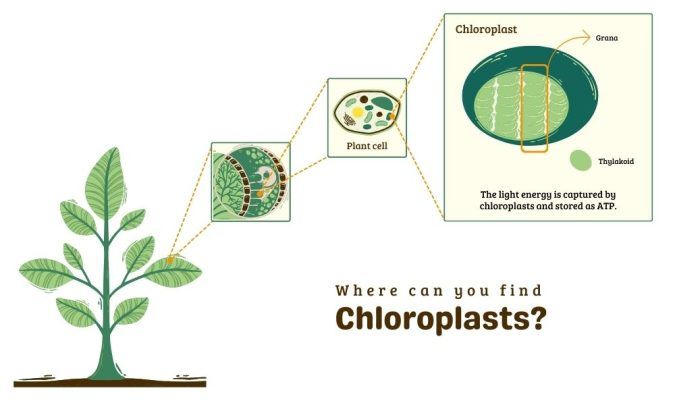
Glucose is the end product of photosynthesis and the form in which plants store energy from sunlight. During the light-independent reactions of photosynthesis, carbon dioxide and water are converted into organic molecules like glucose via the Calvin cycle. The glucose molecules contain energy from sunlight that was captured during the light-dependent reactions.
Once glucose is produced through photosynthesis, it can be used by plants for energy to fuel all other biological processes. Glucose is transported throughout the cells of the plant and broken down through cellular respiration to release energy the plant needs to grow and function. The creation of glucose through photosynthesis is critical because this organic molecule stores the energy from sunlight in the chemical bonds that hold it together.
Without photosynthesis to produce glucose, plants would not be able to obtain or store the energy they need. Photosynthesis allows light energy from the sun to be converted into chemical energy in the form of glucose that powers the plant world.
Oxygen Release
Oxygen is a byproduct of photosynthesis and is released into the Earth’s atmosphere through the stomata on plant leaves. As plants convert carbon dioxide and water into glucose during photosynthesis, oxygen gas is produced and released as a waste product. This oxygen is critical for nearly all other organisms on Earth, who require it for cellular respiration to produce energy. Through the process of respiration, oxygen is taken in by organisms and carbon dioxide is released. This cycle of oxygen and carbon dioxide between plants and other organisms is essential for sustaining life on Earth.
Without photosynthesis to replenish atmospheric oxygen levels, the amount of breathable oxygen would quickly be depleted. Fortunately, plants, algae and cyanobacteria continuously replenish it through photosynthesis. The release of oxygen via photosynthesis therefore plays a critical role in maintaining the Earth’s oxygenated atmosphere that supports aerobic lifeforms.
Importance of the Energy Stored in Photosynthesis
The energy stored in photosynthesis is critically important for both plants and the wider ecosystem. Firstly, it provides the energy that plants need for growth and reproduction. The glucose molecules produced in the Calvin cycle are used by plants as an energy source to fuel all other cellular processes. Without the energy from photosynthesis, plants would not be able to survive.
Secondly, photosynthesis helps remove carbon dioxide from the atmosphere and replace it with oxygen. Carbon dioxide is absorbed from the air by plants and converted into carbohydrates during the Calvin cycle. Meanwhile, oxygen is released as a byproduct. This helps balance levels of carbon dioxide in the atmosphere, preventing excess buildup which can contribute to climate change.
Finally, the oxygen released through photosynthesis is vital for almost all complex life on Earth. It allows organisms like animals and humans to breathe and survive. Without the steady release of oxygen into the air by plants, there would not be sufficient oxygen available to support animal life. Overall, the energy stored in photosynthesis powers the ecosystems on which all life depends.
Conclusion
This article provided a comprehensive overview of the energy stored in photosynthesis and where it comes from. To summarize, photosynthesis is the process plants and some bacteria use to convert light energy from the sun into chemical energy in the form of glucose. This chemical energy is essential for life on Earth.
The key points are:
- Plants absorb light energy from the sun through pigments like chlorophyll in their chloroplasts.
- This energy is used to power light-dependent reactions that produce ATP and NADPH.
- ATP and NADPH then fuel the Calvin cycle reactions, in which CO2 from the air is combined with hydrogen from water to create glucose.
- In the process, oxygen is released as a byproduct through photosynthesis.
- The glucose provides plants with the chemical energy they need for growth and functioning. It also provides animals and humans with a vital source of energy when they consume plants.
In summary, the energy stored in photosynthesis is obtained from light from the sun. Through a complex series of reactions, photosynthesis converts this light energy into chemical energy stored in the bonds of glucose molecules. This process is fundamental for nearly all life on Earth.

